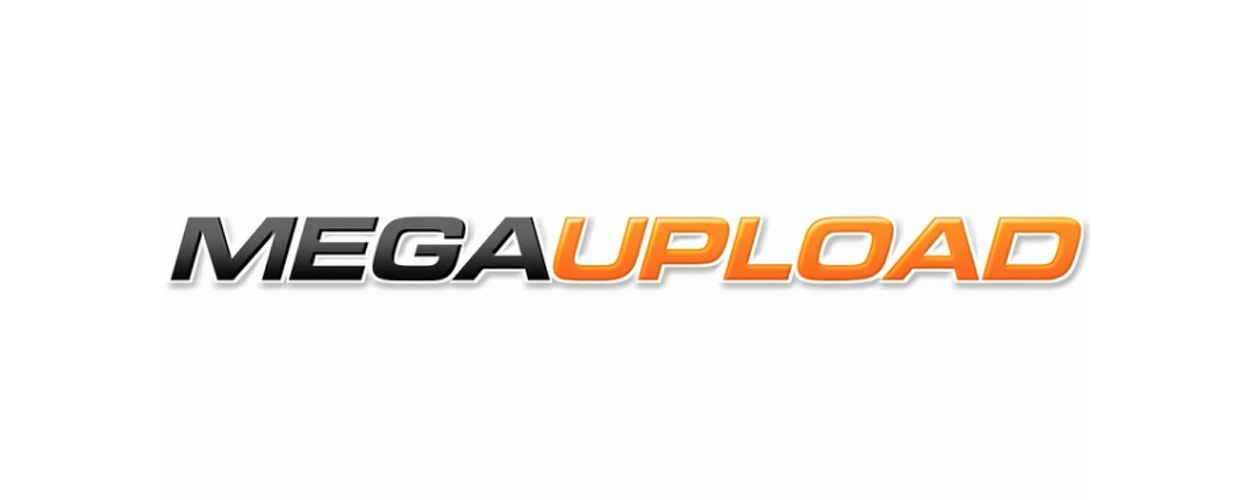This website uses cookies so that we can provide you with the best user experience possible. Cookie information is stored in your browser and performs functions such as recognising you when you return to our website and helping our team to understand which sections of the website you find most interesting and useful.
Business News Digital Legal MegaUpload Timeline
Kim Dotcom’s lawyer responds to interesting MegaVideo ruling in Italy
By Chris Cooke | Published on Friday 22 July 2016

While the world still waits for Kim Dotcom’s big day in the American courts – which may or may not happen – to face charges of copyright infringement, money laundering and racketeering in relation to his former business MegaUpload, there’s been an interesting ruling in Italy in relation to that company’s MegaVideo enterprise.
Whereas MegaUpload was a file-transfer platform, MegaVideo was more like YouTube, though both parts of the business had a subscription option that enabled users to access more content. Like YouTube, MegaVideo hosted lots of videos uploaded without the approval of rights owners but – while Dotcom continues to insist his company operated a takedown system for said rights owners – MegaVideo didn’t develop the kinds of rights management tools and/or seek the kinds of licensing deals achieved by its Google-owned rival.
Despite the entire MegaUpload business being shut down by the US authorities in 2012, a copyright case being pursed by Italian TV firm RTI against the company has continued to go through the motions, and has now finally reached a judgement. RTI accused MegaVideo of infringing its copyrights by failing to remove its content after the broadcaster requested a takedown.
Team Mega didn’t actively defend the case, the company being technically defunct with its former assets frozen. Though the court did consider a possible argument that could be put against RTI’s claim: that the broadcaster simply provided a list of its programmes that were appearing on MegaVideo, rather than specific URLs where its content was being streamed without licence. Most user-upload platforms insist that rights owners must provide specific URLs when requesting that allegedly copyright infringing content be removed.
This leads us back to the good old safe harbours debate, which will be at the heart of the US case against Dotcom et al if it ever actually reaches an American courtroom. Under the safe harbour rules, user-upload sites are protected from liability when users upload infringing material providing they operate a takedown system. But what form does that takedown system need to take?
The Italian court in the RTI case decided that specific URLs were not required, and information about programme names was sufficient. They also noted that content ripped off RTI channels and then uploaded to sites like MegaVideo usually had the broadcaster’s logo in the corner.
That makes this long-overdue ruling against a dead company all the more interesting, as it steps up the obligations of safe harbour dwelling websites, in Italy at least. Which is something Dotcom’s highest profile legal rep, Ira Rothken, criticises about the judgement in an interview with Torrentfreak.
He says: “The Rome court apparently ruled on this MegaVideo case in a default context, unknown to us, and the result is unworkable case law on ISP secondary copyright liability … it was not explained why the copyright owners couldn’t provide URLs in the takedown notices and no burden analysis based on competent evidence was done by the court”.
The legal man adds that the ruling in Rome is not in line with precedent in the US – where the really big MegaUpload case will take place, extradition appeal depending. And he argues that there is a case for saying Italian judges are in conflict with European law too, concluding that “this type of secondary infringement rule, if allowed to stand, arguably violates EU freedom of expression and copyright-related treaties, amongst other things”.





